How older runners are killing the game
Injuries are not fun, and neither is aging, but the two don’t always go hand in hand. Canadian physiotherapists argue that whether you’re fresh out of school or newly retired, age does not necessarily determine your running injury status. In fact, these physiotherapists have found older runners outperforming newcomers to the sport, and here’s why
Waldo Cheung, a physiotherapist at Québec Canada, says as much as 80 per cent of injured runners can have their injuries attributed to training errors. He explains that since the advent of running watches, many new runners have mistakenly overdone it by following their watch’s training schedule rather than listening to their bodies. Older more experienced runners who may have run for many years, Cheung says, tend to stick to what they know, which usually isn’t technology. Instead, they deload (i.e., take a short, planned break from high intensities and volume) from time to time, allowing their bodies to recover between training builds.
Movement as medicine
An old stereotype observed by physiotherapists is that running into your old age can lead to knee osteoarthritis (the result of wear and tear and progressive loss of cartilage). In reality, the prevalence of knee osteoarthritis in recreational runners is three times less than in sedentary non-runners. Greg Cugnet, physiotherapist, has found that older people, even those with knee osteoarthritis, improve their knees by running because they continue to build muscle. Younger runners who sign up for a race and take long breaks between training, Cugnet says, are at a much greater risk for knee injuries.
Our bodies are very capable of adapting to change and telling us what they can do. But when we do too much, too soon, that’s when injuries happen—regardless of age.
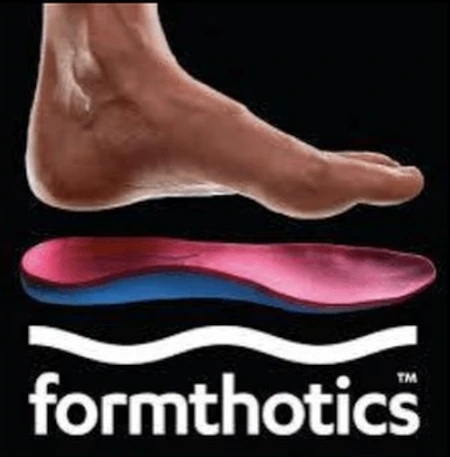
7 Years in partnership with Formthotics
7 Years in partnership with Formthotics to deliver this fantastic product. Formthotics insole orthotic solutions have been in use for the last 30 years and have provided physiotherapists with an immediate solution to foot, ankle and lower limb biomechanical...
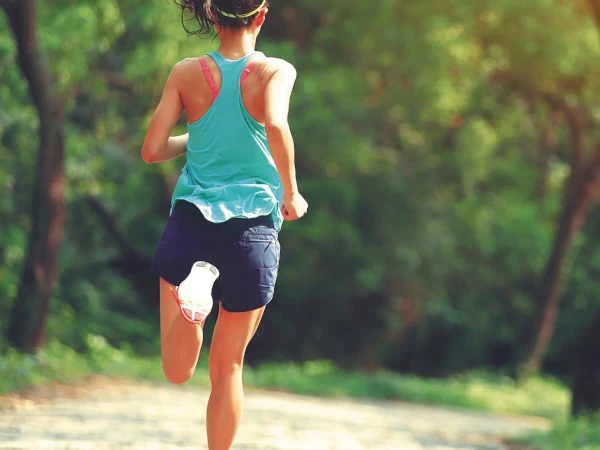
Spring and Jogging
With spring here and more people jogging outside, what are some good stretches to do? After a vigorous run, muscles will also be full of lactic acid. Stretching helps the blood flow to the muscles to remove the lactic acid, which improves recovery. Finally, stretching...
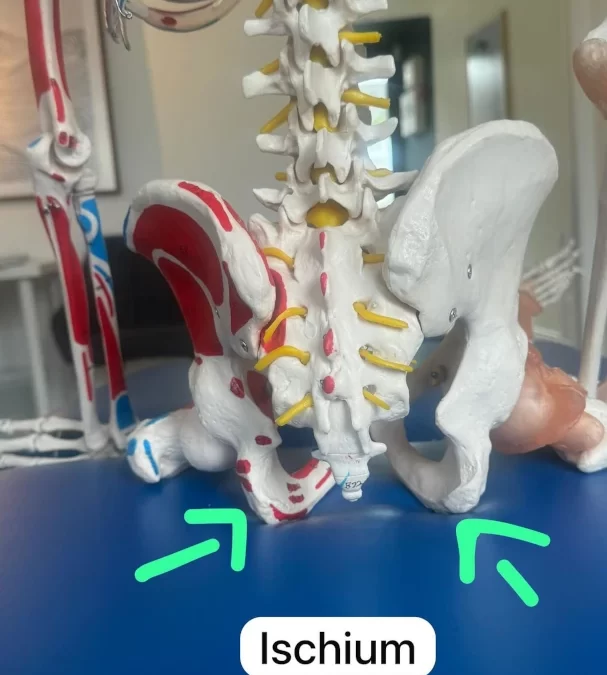
One Thing You Must Know if You Work at a Desk (Save Your Back!)
Desk work and back pain go hand in hand, but it doesn’t have to be that way. If you want to improve your sitting posture, fix your back pain, and learn how to have a healthier spine when working at your desk develop good sitting habits, and you’ll save yourself a lot...
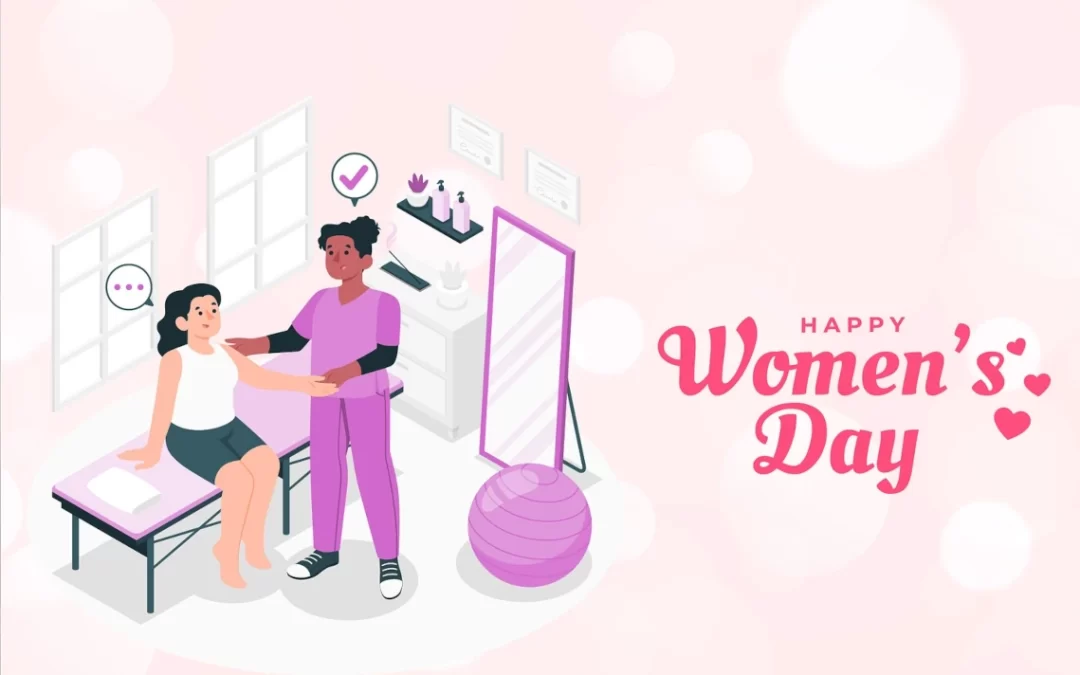
Women’s Day
Suppose you’re hospitalized, you’ll want to have qualified medical professionals around you, but does it matter if your doctor is a female or a male?It might.Both male and female medical representatives have their own implications in terms of approach. But female...
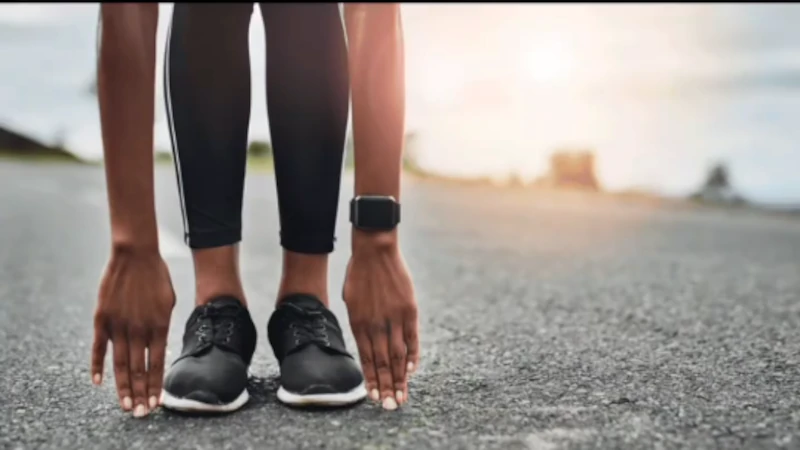
3 Signs That You Have Tight Hamstrings
Sometimes it’s obvious when tight hamstrings are resulting in stiffness and difficulty working out or accomplishing your everyday tasks, whether that’s walking or bending over. But sometimes it’s a lot less clear.If you’re not sure about the state of your hamstrings,...
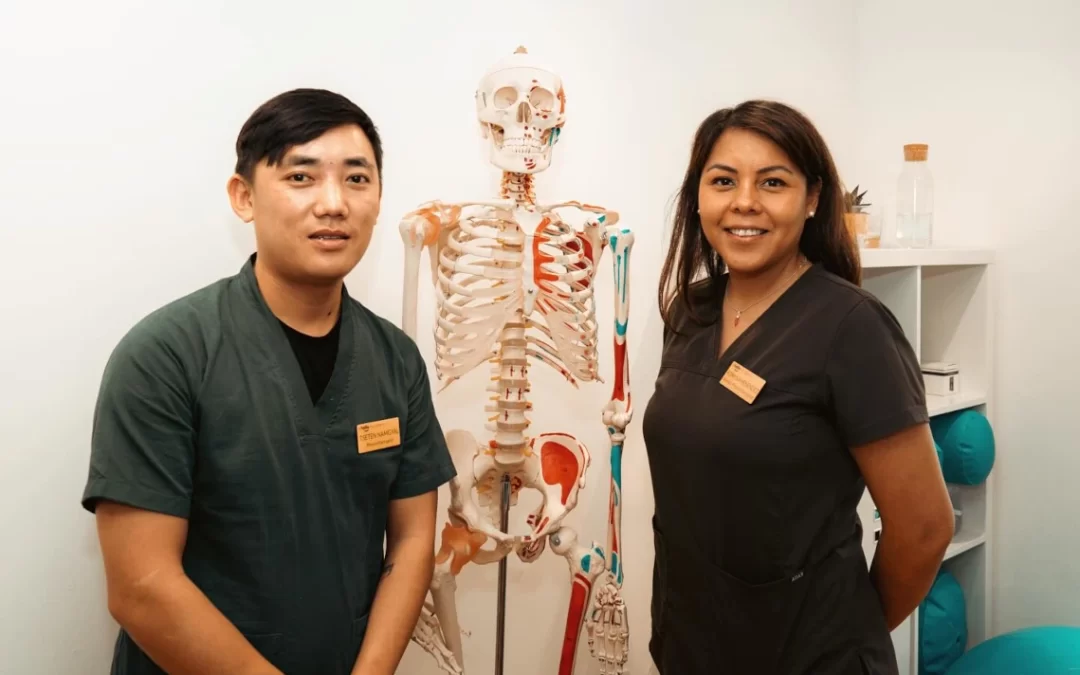
Meet our Team
We are so happy to work together, to make sure we can achieve the best outcome for your problem. We all do what we do very well, but each one of us is better at one thing than another, and for that reason we might ask you to come and see one of our...
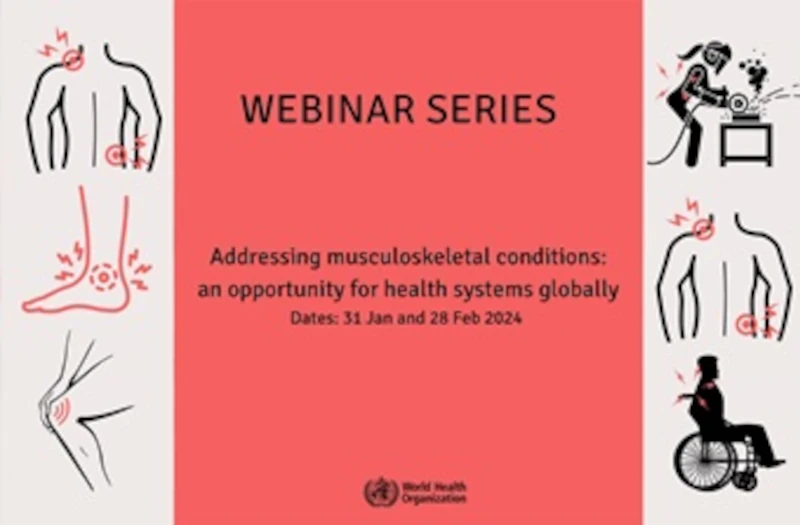
Webinar WHO
Webinar Make a date for World Health Organization (WHO) webinar: addressing musculoskeletal conditions. 12:00-13:00 CET, 28 Feb.Musculoskeletal conditions impact individuals globally, contributing significantly to years lived with disability. The burden extends to...
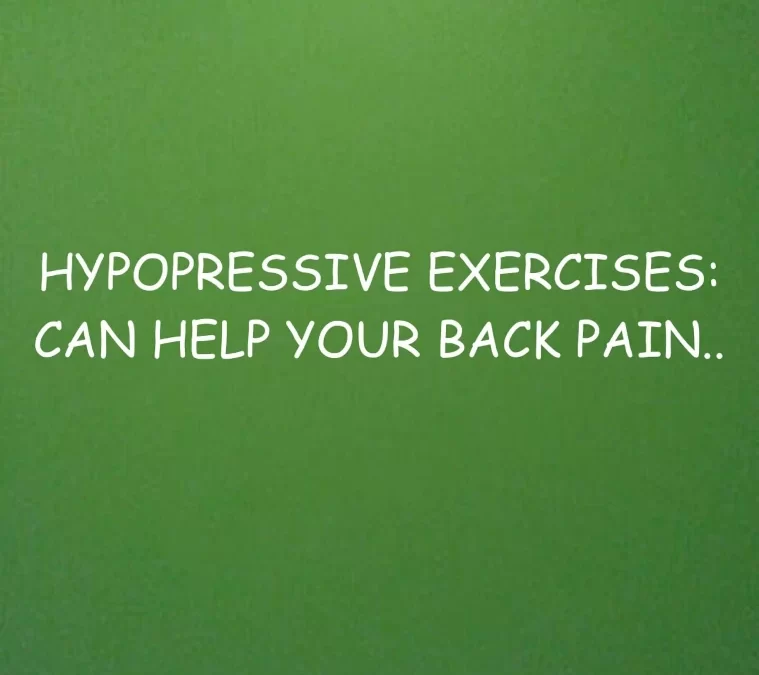
Hypopressive Exercises: Can help your Back Pain
Hypopressive exercises are great for toning the abdominal muscles and are especially suitable for people who suffer from back pain. Since these exercises do not require spinal movement, they can even be performed by people with herniated discs.The hypopressive...
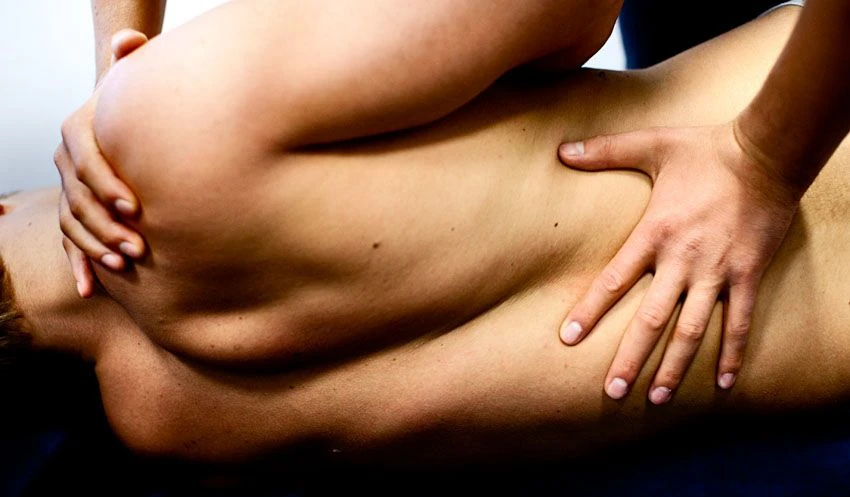
Spinal manipulation
What You Need To Know Spinal manipulation is a technique where practitioners use their hands to apply a controlled thrust to a joint of your spine. The amount of force can vary, but the thrust moves the joint more than it would on its own.Most spinal manipulations are...

Working from home – Easy exercises
Working from home? Try building the following exercises into your working day to help avoid aches and pains associated with being sedentary.Make sure you move regularly throughout the day to help reduce stress.Break up prolonged periods of sitting with short bursts of...
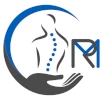

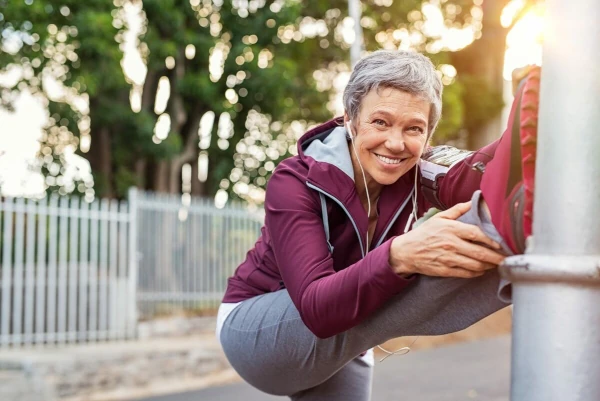
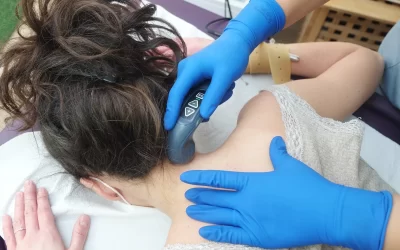
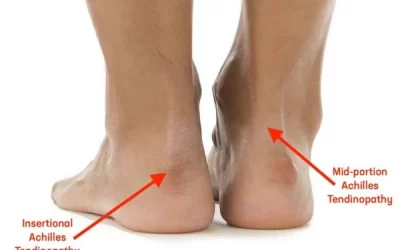
0 Comments